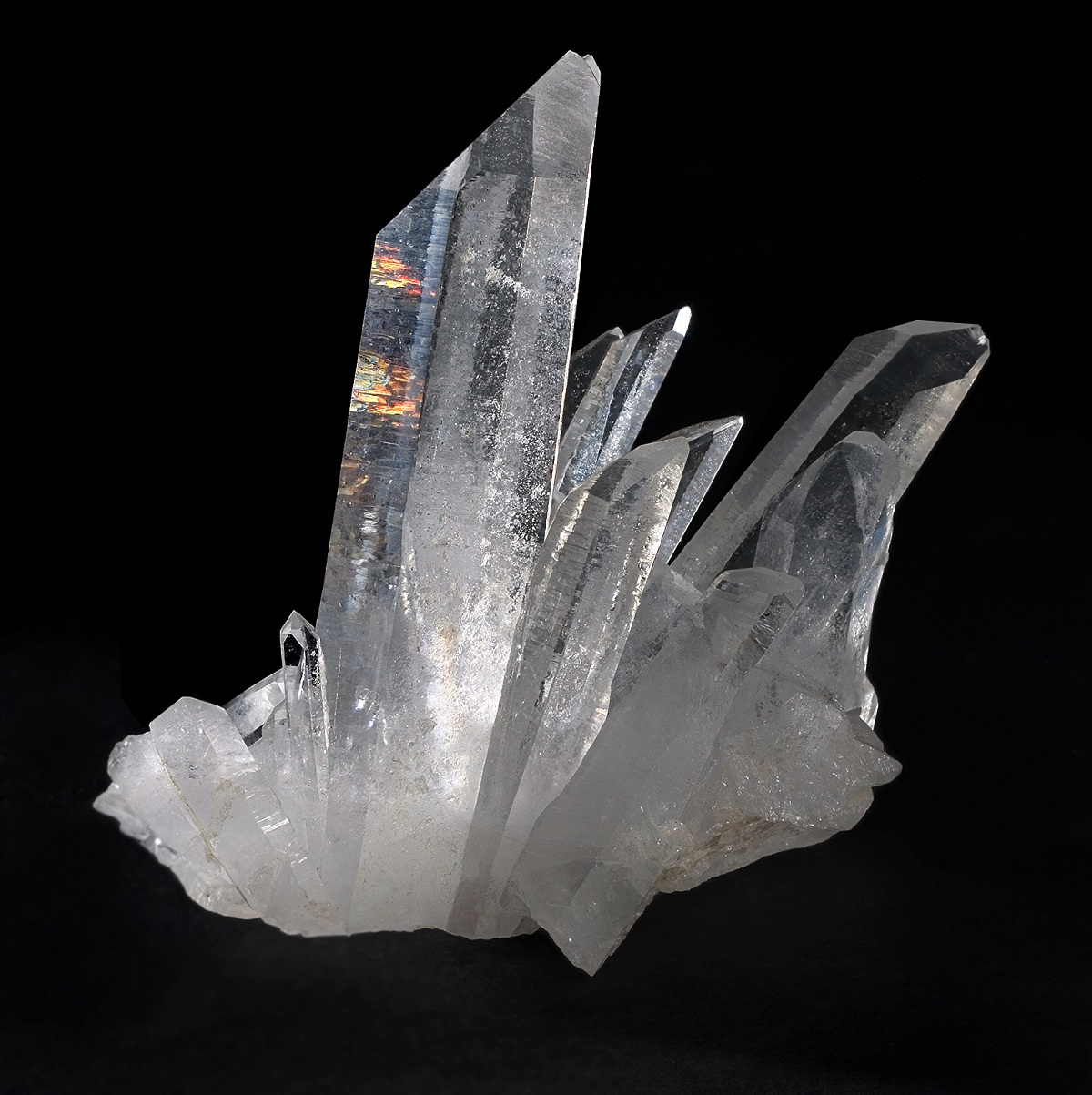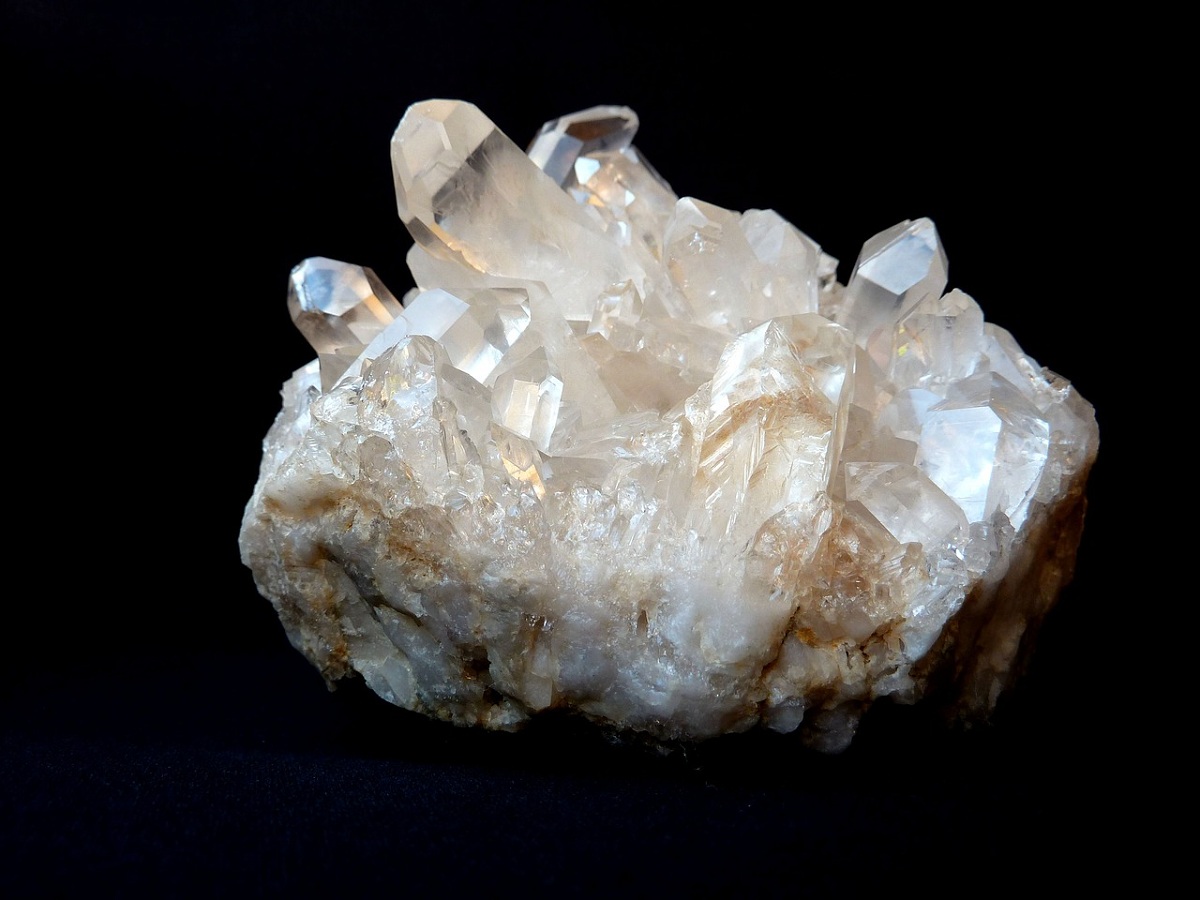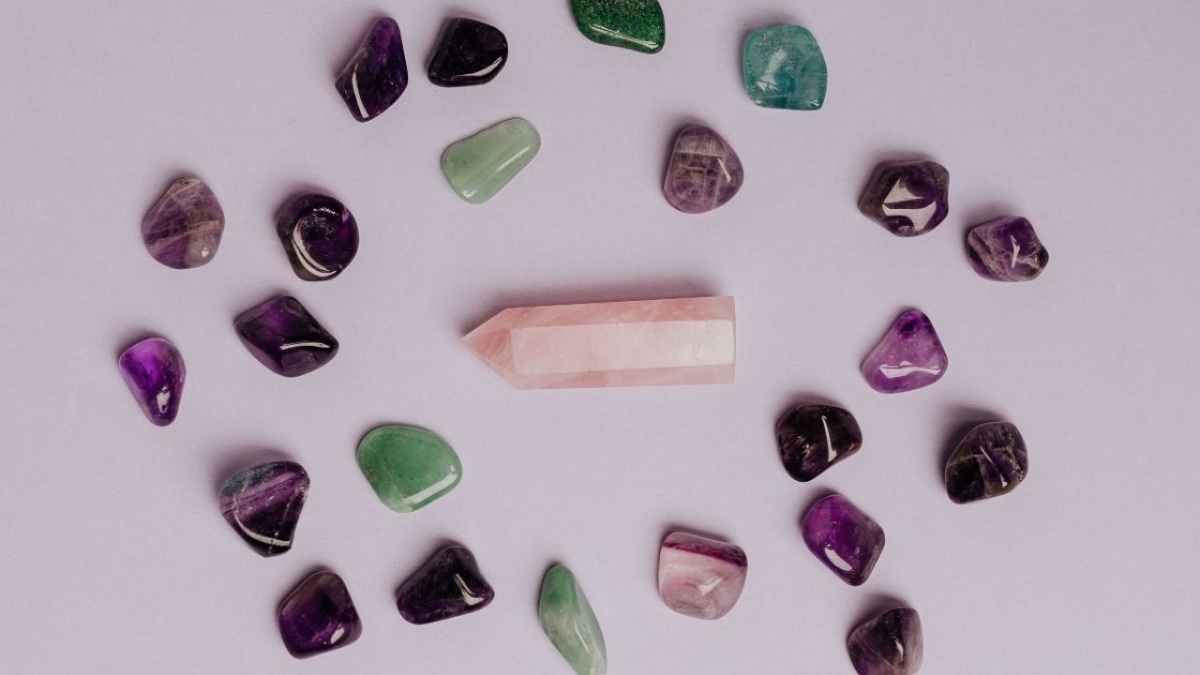
Quartz is the most abundant mineral in the earth's crust, it is characterized by its variety of types, shapes and colors, which makes it extremely attractive and valuable. Because of its wide variety and variety, it has a wide range of applications. There are different types of quartz and they have different uses depending on the color and composition they have.
Therefore, we are going to dedicate this article to tell you what are the different types of quartz that exist in the world and what are their main characteristics.
What is
Quartz consist of one part silica gel and two parts oxygen. Due to their composition, they are extremely resistant and have properties that make this mineral a perfect element for devices such as watches or radio frequency transmission devices. These stones are also believed to have healing, protective, and energy-controlling abilities. Ancient civilizations like the Egyptians, the Aztecs and Romans used it in jewelry and amulets because they believed that it had the power to heal the body and mind and resist negative energy.
Quartz appears almost anywhere in the world and comes in different colors. They range from transparent to completely opaque, and each is considered to have a different meaning.
According to its composition, there are different types of quartz, although the most famous are amethyst, citrine and milky quartz, which are considered in gemology. What's more, There are some varieties of quartz that are considered gemstones despite their relatively low value. Generally, these are classified according to their varieties of crystallites, that is, their color. Some of the most common are:
- Milky white quartz, translucent or almost opaque.
- Smoked glass, transparent and gray tones.
- Citrine quartz, yellow to light orange.
- Amethyst, more or less deep purple.
- Rose quartz, due to the presence of aluminum.
Characteristics of types of quartz
Among the most common characteristics among all types of quartz that exist we have the following:
- Quartz glass belongs to the class of silicates, especially tectosilicates.
- Its pure chemical composition corresponds to silicon dioxide (SiO2), which is one part silicon and two parts oxygen.
- It is characterized by its high Mohs hardness of 7.
- Its density or specific gravity is very similar to the average value of the earth's crust, oscillating between 2,6 and 2,7 grams per cubic centimeter.
- It has a main crystal system corresponds to the hexagonal crystal system.
- Its luster is very similar to glass crystals.
- Its diaphanous or transparency is translucent or transparent, so that light can easily pass through the glass.
- Finally, its striped color is colorless or non-existent.
Types of quartz
The varieties of quartz refer to all types of quartz, the only difference is that the impurities in the chemical composition of the crystal are different, but the original chemical composition of quartz (SiO2) still remains. The diversity of this chemical composition gives quartz a variety of colors.
Crystalline quartz
Crystalline quartz is all types of quartz, they appear as well-structured crystals and visible particles, that is, here you can clearly see the shape of the quartz and all its characteristics.
The most common examples of this group are quartz crystals (rock crystals), mineral particles found in granite and sandstone, and quartz found in veins.
Cryptocrystalline or microcrystalline
This group is formed by quartz minerals, which are composed of microscopic quartz crystals, that is, these crystals are not visible to the naked eye, but together they form a type of microcrystalline quartz. This group is often called chalcedony.
Origin and formation of rocks
Quartz is the most abundant mineral in the earth's crust, which is why it is widely used in the classification system of igneous rocks, sedimentary rocks and metamorphic rocks. Its origin, genesis and formation depend to a great extent on the geological environment related to it. Rock-forming quartz is found to mix with a large number of minerals in different types of rocks, making it part of their mineral chemical composition and rock texture.
In igneous rocks, quartz crystallizes deep in magma and is part of granite, diorite, granodiorite, etc. Quartz crystallite varieties can be crystallized from the sudden cooling of lava and pyroclastic materials, for example, quartz is part of rhyolite, pumice or dacite. Finally in las rocas sedimentarias los granos de cuarzo van to come from the disgregación, meteorización, erosión transported there desde otro tipo de rocas hasta that conformen to the nueva roca sedimentaria.
Hydrothermal quartz
Hydrothermal quartz is a kind of crystallized quartz from silicon dioxide in hydrothermal fluids, and is generally related to certain types of mineral deposits or hydrothermal veins or vein-shaped mineral deposits. Many of these quartz veins are often interesting in geological mineral exploration because they can contain interesting metals such as gold, silver, and zinc.
Hydrothermal quartz is a combination of magma that contains water and crystals that form lava. This process originates from very high temperature and pressure below the earth's surface, and water can dissolve different minerals. As the magma temperature decreases, the remaining liquid is quartz and water, this solution flows through the cracks in the surrounding rock, where it cools down and begins to solidify rapidly.
This process can form beautiful quartz crystals, as well as crystals of garnet, calcite, sphalerite, tourmaline, galena, pyrite, and even silver and gold. One of the most obvious examples of this type is amethyst, which is a purple microcrystalline quartz. The color can be more or less intense, depending on the amount of iron (Fe + 3) it contains. This is formed at the joints of a solution rich in iron oxide, at temperatures below 300 ° C, they will show a characteristic purple color.
I hope that with this information you can learn more about the types of quartz and their characteristics.


